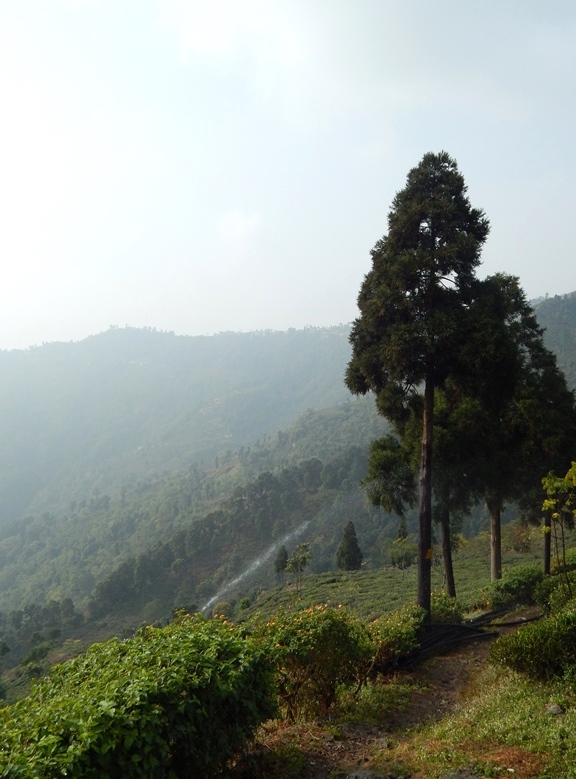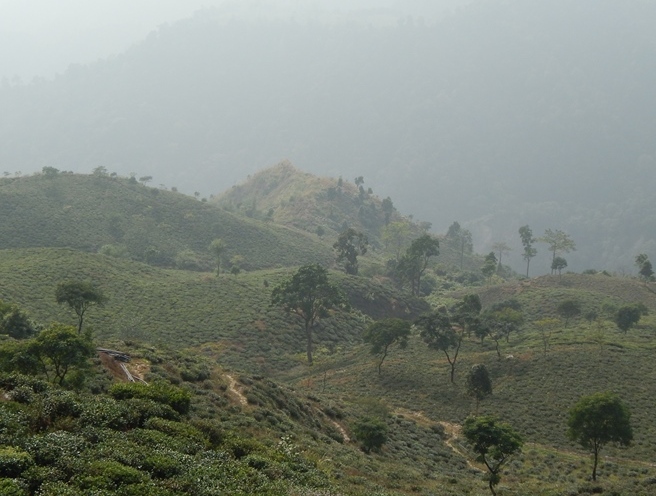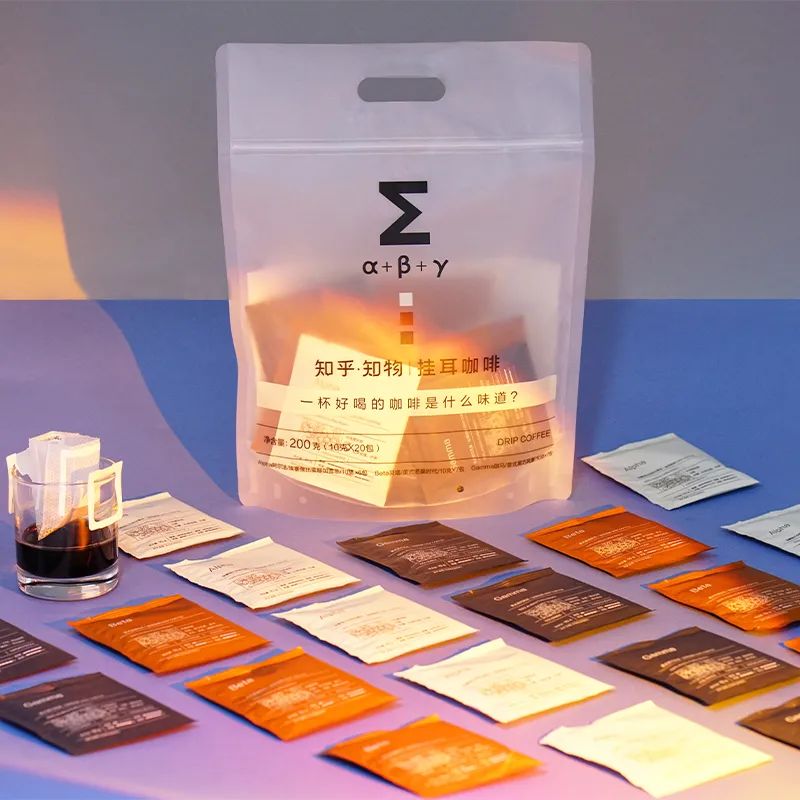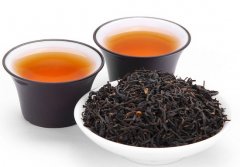Relationship between taste characteristics and picking time of Darjeeling black tea in India
Darjeeling is located in the northern Indian state of Bengal, where there is a town 2100 meters above sea level with its back to the Himalayas.
Under the influence of the Himalayas, there are four distinct seasons. Darjeeling black tea produced here will produce different aromas with different seasons.
The Darjeeling tea garden is located on a steep slope, where thick fog, wind and sun take turns to protect the tea trees.

East India Company staff stole seeds and saplings from Wuyi Mountain in China's Fujian Province, planted them here, and eventually succeeded. So the tea produced here is grown in China.
Today, there are mixed teas made of small-leaf and large-leaf species, and their aroma characteristics are not inferior. But the output of this kind of tea plant is very rare, accounting for only 1.13% of India's output, so most of it is exported abroad.
Darjeeling black tea picking season can be roughly divided into four seasons: spring picking, summer picking, monsoon tea season and autumn picking.
[spring picking]
Spring picking is First Flush. There are more than 80 tea gardens in India, and the altitude varies greatly from place to place, so the initial picking period is also different, but generally from early March to April. The tea harvested during this period makes the first batch of new buds and leaves in spring in the Himalayas, so it is known as First Flush.
The harvest of spring picking is very small, and its selling price is relatively high. Spring picking tea contains a large number of silver buds called Yinhao. The overall color is green. The taste of spring picked Darjeeling black tea is refreshing and has a pleasant irritating astringent taste. the brown is light orange, suitable for direct drinking.
[summer pick]
Summer tea is a batch of tea after spring tea picking, which is called black tea in early summer. The period of picking green is from May to late June, and the development of new buds and new leaves is the most perfect and the quality is the best. Darjeeling brown color of this period is full of aroma, emitting a strong ripe musk grape aroma, astringent sharp and strong, brown for reddish dark orange, very suitable for brewing milk tea.

[monsoon tea season]
Darjeeling during this period, once known as Third Tea, was harvested between August and September. Under the influence of Rain Water and summer meaning, the tea in this period grew faster and the fragrance was less characteristic than that in other periods. Darjeeling black tea during this period is like fallen leaves, with a mellow and strong astringent taste, black and red, which is very suitable for making milk tea.
[autumn picking]
The harvest period of autumn tea is between October and November, and it is also the last harvest of the year. Autumn winds blow in the Himalayas in October, the temperature difference between hot and cold during the day becomes more intense, and there is often foggy rain, which stimulates the tea to produce more obvious characteristics. The aroma is not only the sweetness of ripe fruit, but also similar to citrus dried fruit, strong astringent taste with mellow, dark orange-red brown, also suitable for making milk tea.
Important Notice :
前街咖啡 FrontStreet Coffee has moved to new addredd:
FrontStreet Coffee Address: 315,Donghua East Road,GuangZhou
Tel:020 38364473
- Prev

Why is it so popular that Zhihu switched to selling coffee? Zhihu Zhiwu sells hanging ear coffee with a good flavor.
The coffee track is becoming more and more popular, and Zhihu is starting to "lose track of business". On July 29, Zhihu quietly entered the coffee race and sold boutique coffee. It is understood that Zhihu's own consumer brand "Zhihu Zhiwu" has launched three hanging-ear coffee products, including Ethiopia Yega Xuefei, American Nuts Age, and Italian Black Qiao Storm. And the competition in cutting into the "coffee" is fierce.
- Next

Is Darjeeling from China what is the difference between Darjeeling black tea producing area and Yunnan black tea producing area?
Many people wonder how geographers will discuss tea from the point of view of things. It is a story that starts from the "relationship between man and earth", which contains culture and culture. With the influence of people on the environment, it produces the good and bad taste in the sense of values. Darjeeling and Xishuangbanna: geographical differences and requirements for producing areas? Darjeeling in India and Xishuangbanna in Yunnan all belong to
Related
- What is the standard process for the purpose of coffee cup testing? What is the difference between hand-brewed coffee and cup testing?
- How to use hand-brewed coffee paragon small golden balls? How does cold coffee lock in the aroma of coffee?
- Is American coffee black? What is the difference between American coffee and drip coffee?
- Unexpected! Well-known tea beverage brand Lele Tea will withdraw from the Zhengzhou market!
- Starbucks enters the fashion and beauty industry?! Netizen: Give me an ice American eye cream
- Why can American refills for free? The difference between Americano and American drip pot coffee
- Being chased out of the rain in front of Starbucks?! Store: Sheltering from rain under umbrellas poses a safety hazard
- The white moonlight has changed?! Lucky launches "Big Winter Pear American"
- Hand-brewed coffee three-stage method, high-sweet and universal brewing method to share! What does the high sweet water level of hand-brewed coffee mean?
- What is the difference between raw, refined and full espresso coffee? How to extract espresso and taste good?

